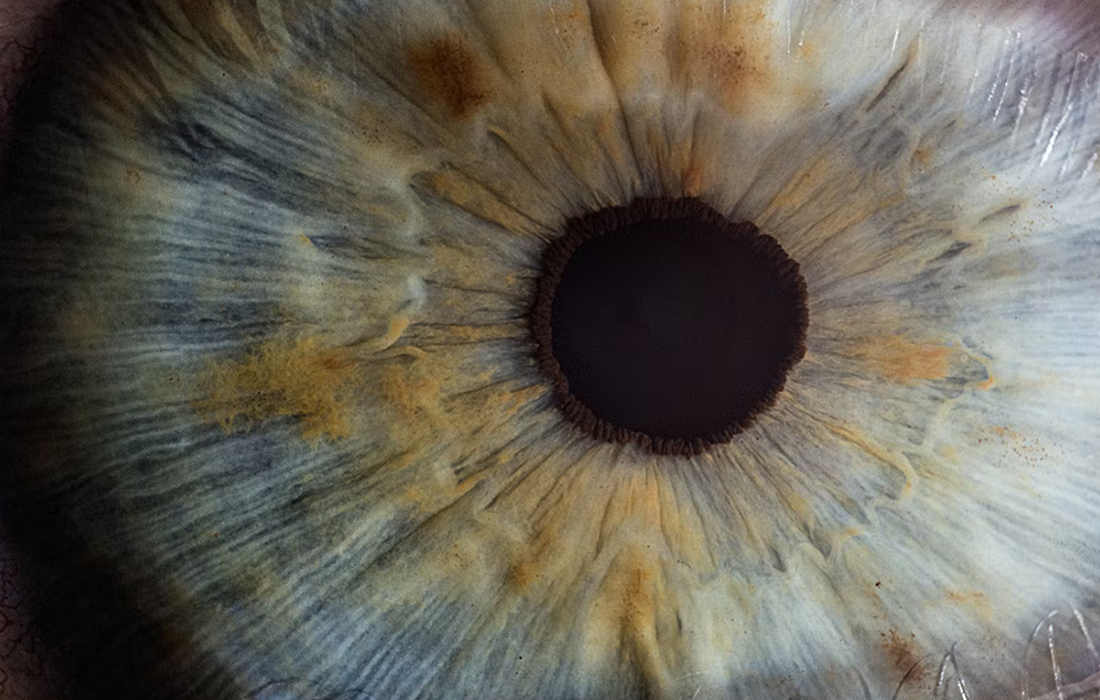Stem Cell Therapy for Specific Conditions
Umbilical Cord Stem Cells for Corneal Epithelial Regeneration
The WHO estimates about 285 million people are visually impaired worldwide; 39 million people are blind and 246 million have low vision from severe or moderate visual impairment. Corneal disorder is the fourth most common cause of blindness after cataracts, glaucoma and age-related macular degeneration and it affects more than 10 million people worldwide.
What is the Cornea?
The cornea is the anterior most structure of the eye and it is dependent on the clarity of the surface to transmit light to the retina for clear vision. The homeostasis of the epithelium is maintained by the production of limbal stem cells, and any damage to the limbal area can lead to epithelial breakdown, severe inflammation, fibrosis and scar formation.
Treatment Options for Severe Damage
One treatment option for corneal damage is transplantation (penetrating keratoplasty) or corneal tissue transplantation, and has a reasonable success rate. However, there are some limitations such as the limited cadaveric source, risk of limbal stem cell deficiency, risk of infection and rejection, which according to the Singapore Corneal Transplant study has an incidence of about 50.51% of all graft failures.
Use of Umbilical Cord-derived MSCs
Human umbilical cord-derived mesenchymal stem cells (hUC-MSCs) possess tremendous regenerative benefits specially due to its paracrine effects. The convenient and noninvasive harvesting procedure is favorable to the donor with limited ethical issues.
In a study published in the journal Regenerative Medicine, researchers evaluated the use of hUC-MSCs in promoting corneal epithelial growth and functions and found that the cells can promote the growth and functions after the treatment.
The study highlights the direct and indirect approach of utilizing MSC for
human telomerase-immortalized corneal epithelial cell (HTCEC).
The migratory potential of corneal epithelia is a vital strategy in corneal wound healing and regeneration. Our results show that HTCEC migration was improved in both MSC co-culture groups, with greater effect demonstrated after 3- and 5-days treatment, whereas the effect was no longer seen after 7 days exposure to hUC-MSC. Both direct and indirect effects of hUC-MSC on HTCEC migration were comparatively demonstrated after 3 days of treatment.
Direct cell-to-cell contact is no less important as it has been previously reported that subconjunctival injection of MSC accelerated corneal wound healing and prevented continuous inflammation at the site of injury.
Injury and inflammatory reactions cause the release of cytokines that recruit exogenously administered MSC, thus inducing stem cell mobility and thereby facilitating migration into the sites of the wound.
In this study, the indirect effect of hUC-MSC on cell senescence was demonstrated by culturing HTCEC in hUCMSC CdM for 3, 5 and 7 days. Also the protective effect was demonstrated after 3 and 5 days treatment as compared with control culture media.
In general the study provided evidence of the role of hUC-MSCs in promoting growth and functions of human corneal epithelial cells in vitro, and has successfully demonstrated that they can have many advantages for corneal epithelial wound healing and ocular regeneration. This study provides an insight that could be used in future trials to evaluate their use in animals and of course in humans.
Sources:
Azmi, S. M., Salih, M., Abdelrazeg, S., Roslan, F. F., Mohamed, R., Jie, T. J., & Shaharuddin, B. (2020). Human umbilical cord-mesenchymal stem cells: a promising strategy for corneal epithelial regeneration. Regenerative Medicine. doi:10.2217/rme-2019-0103
Image from:

